As a frequent traveller to Tokyo I have never been a big fan of the Roppongi area, however Shogo Takeda head chef of Nabura has managed to change my mind.
Nabura means “a place where many fish meet” and it’s soon apparent that it’s also a place where foodies meet.
The food served at Nabura is strongly influenced by Chaji Kaiseki, a very formal type of kaiseki governed by many strictures and rules. Takeda san uses these rules as a background and repaints the classics with a modern brush.
Before the meal we’re asked if there are any foods that we don’t eat and with good reason …
First course is a chawan mushi of fugu shirako. A mixture of dashi and eggs is wrapped around the sperm filled glans of fugu (blowfish) and steamed. I guess it’s a little late to say I don’t eat sperm but when in Rome… Once you block the obvious from your mind the dish is excellent. Perfect silky smooth chawan mushi and delicious shirako.
Next up is housemade egg tofu, cooked ebi (prawn) and a medley of fish that is served smoked, dried and lightly cooked.
The courses so far have only been a distraction whilst the kitchen team works over a plate of sashimi that can only be described as the best I have ever eaten (and I have eaten some pretty awesome sashimi).
Each fish is presented with a different colour, texture, shape and flavour… smoked, dried, fresh and steamed including a trio of fugu.
Even rarities such as tsubugai (whelk) and bass grouper were represented. A choice of accompaniments was a seasoned shoyu and a dipping sauce of anko kimo miso. Anko kimo is another one of those Japanese delicacies that is mind-blowingly good and is often referred to as the foie gras of the sea.
After the sashimi I am complete, but onwards comes a dish of kabura mushi. Steamed red tai is served with grated daikon and a hint of wasabi. The dashi served over the dish has such a rich sweetness and compliments the Tai beautifully.
Next up is a rare delicacy … Keiji. Keiji is an extremely rare and highly prized unisex salmon that is strictly regulated. The flesh is high in fat although with no discernable fishy smell or taste. It is so rare very few Japanese have ever eaten it never mind a gaijin like me. The taste – so delicate, the texture – so sensual.
Lurking in the background is a substantially sized Echizen Kani from Fukui prefecture where I was visiting blacksmiths two days earlier. These crabs are considered the tastiest in Japan and command prices in the hundreds of dollars.
They are only harvested from November to March and as a very special privilege I am about to eat the very first crab of the season. The Japanese have a rare respect for eating the first produce of the season called Hatsumono. I feel very unworthy of this honour but who am I to complain.
The live Echizen crab is quickly killed and grilled over binchotan charcoal on a Japanese konro in front of our eyes.
The legs are served with a squeeze of sudachi citrus whilst crab miso was prepared from the innards.
As the guest of honour I am required to drink the kora sake – slightly warmed sake from the shell of the crab. An experience I will remember for life.
Next up is dish of shimeji and tofu. It looks so delicious it makes it to my mouth before take a photo.
No meal is complete without something deep-fried, and thankfully kaiseki chefs agree. Skilfully fried tempura of shishito (green chilli) and matsutake mushrooms filled with shrimp paste are simply sublime.
Of course the final dish is rice served with miso soup and seasonal pickles, and although I can hardly fit another thing in, to my excitement the rice is Awabi Gohan – abalone slices cooked with soybean and Japanese rice.
The rich miso soup is enhanced with ebi shells along with housemade pickles that act as a powerful digestive at the end of the meal.
Nabura Restaurant is one gem not exploited by the Red Book, so let’s just keep it our little secret.
Nabura, Roppongi
Building B1 Roppongi 4-8-7 Roppongi, Minato-ku, Tokyo Shimada 106-0032
2 minutes walk from subway Hibiya line Roppongi exit 3, phone: 03 5411 3333

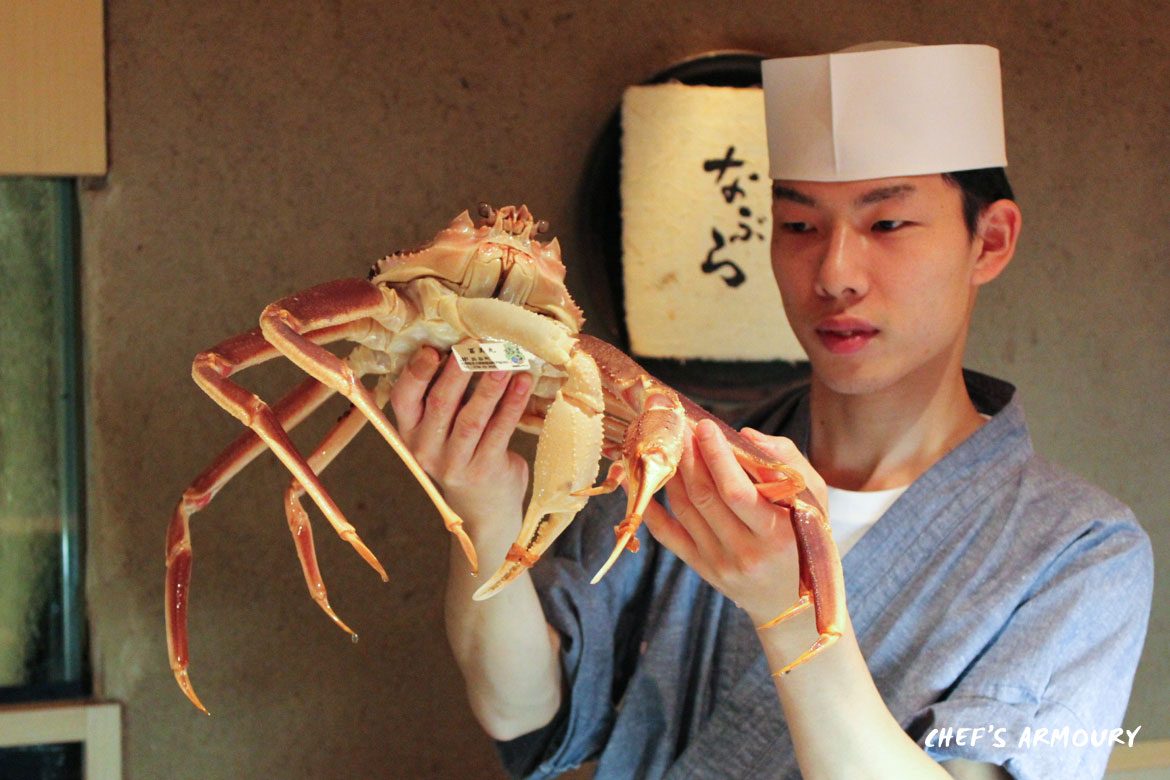

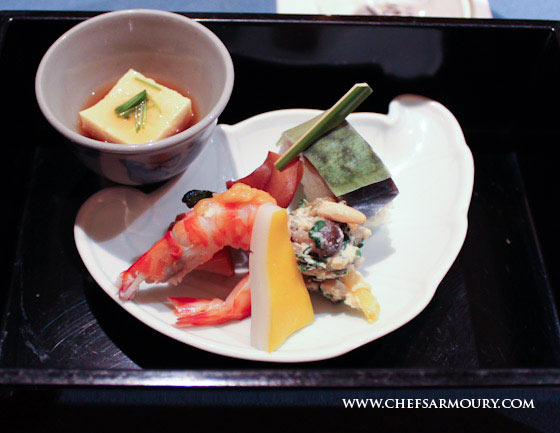
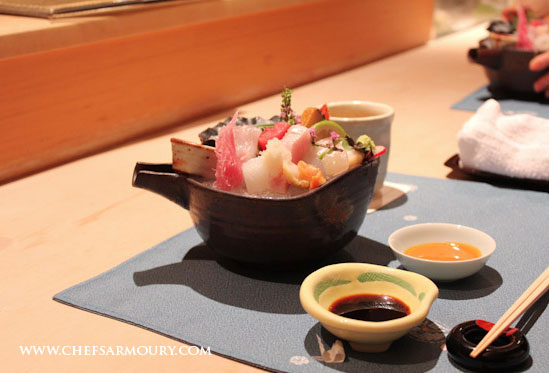


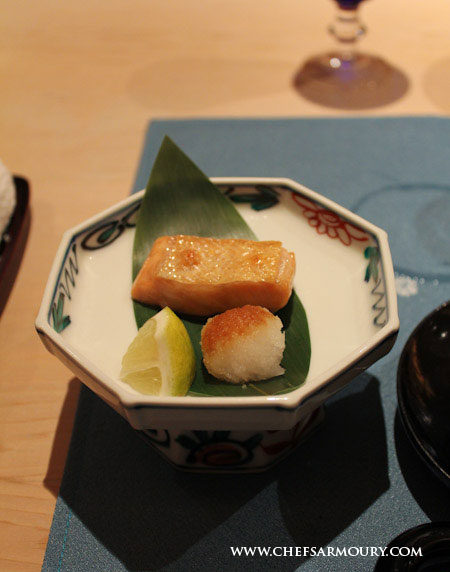
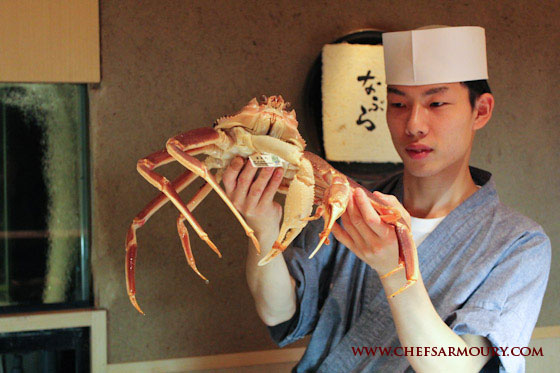
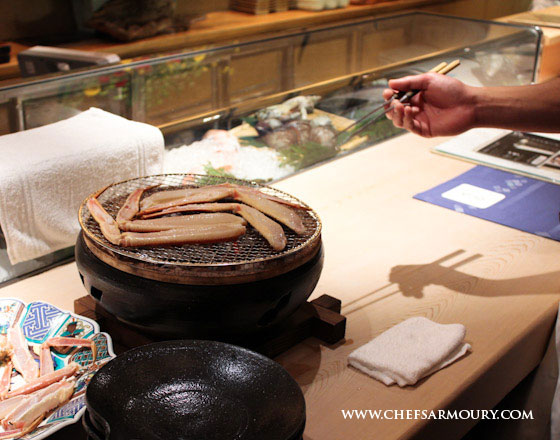
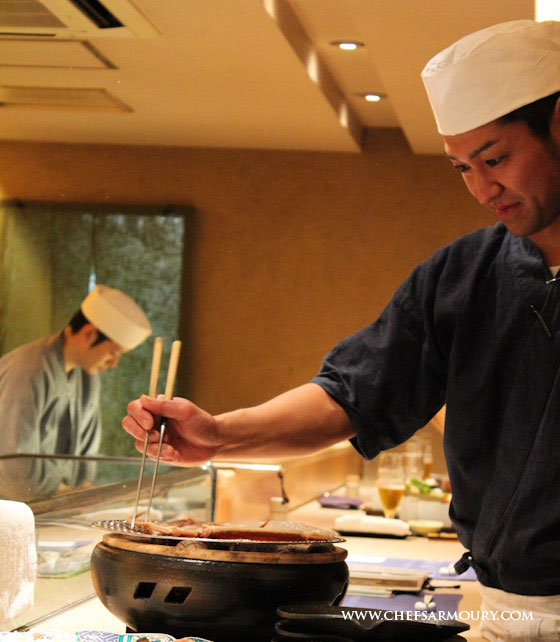

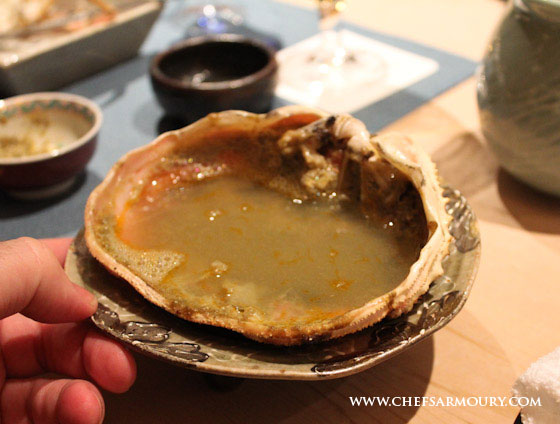
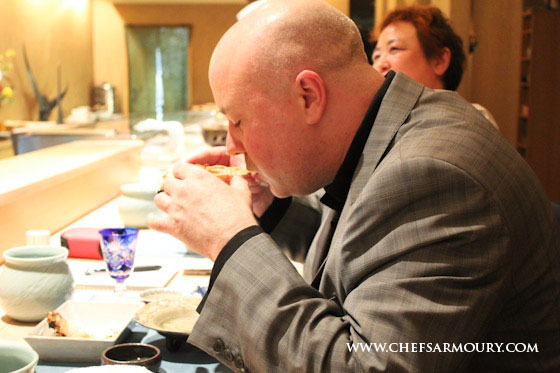
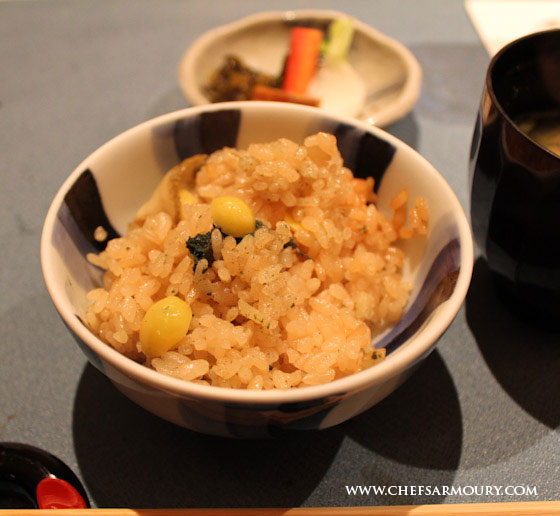
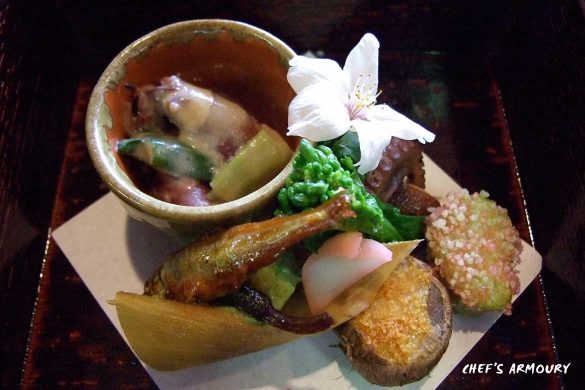

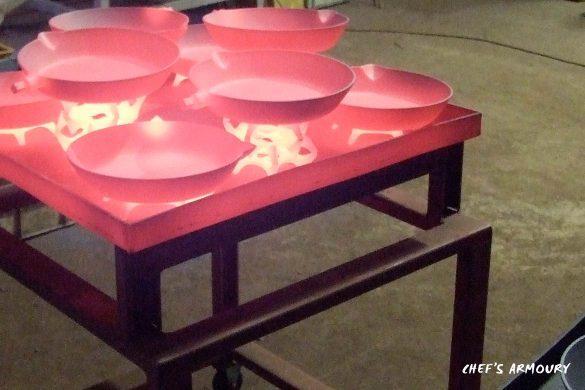
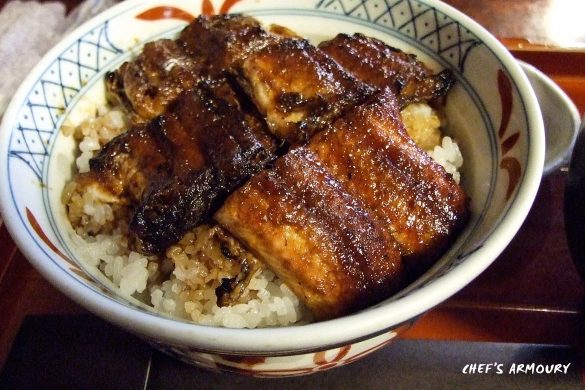
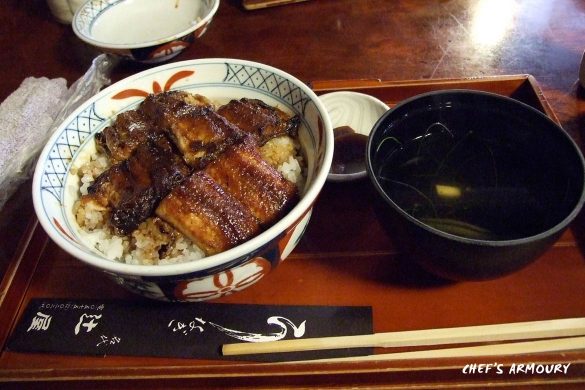
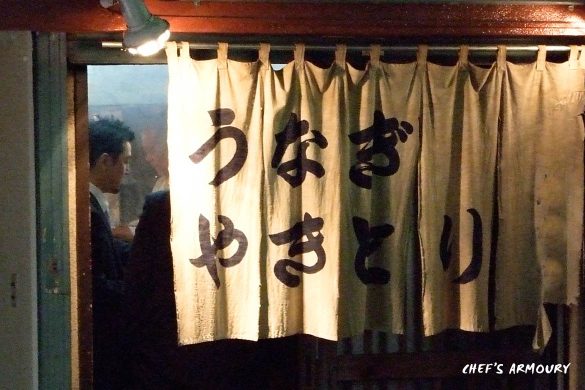

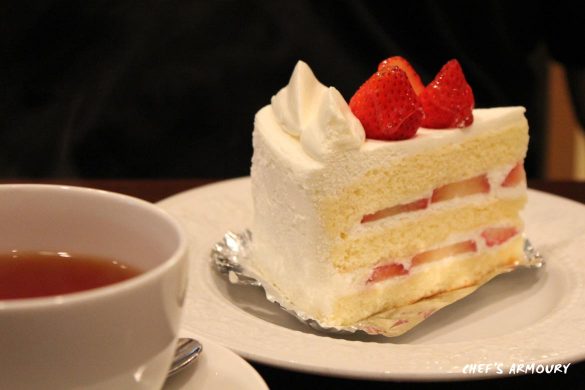
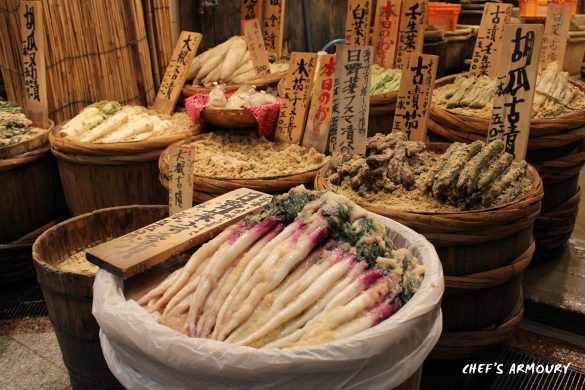
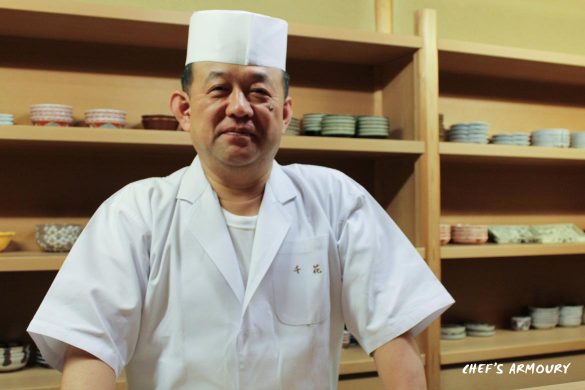
1 Comment
looks amazing! 🙂